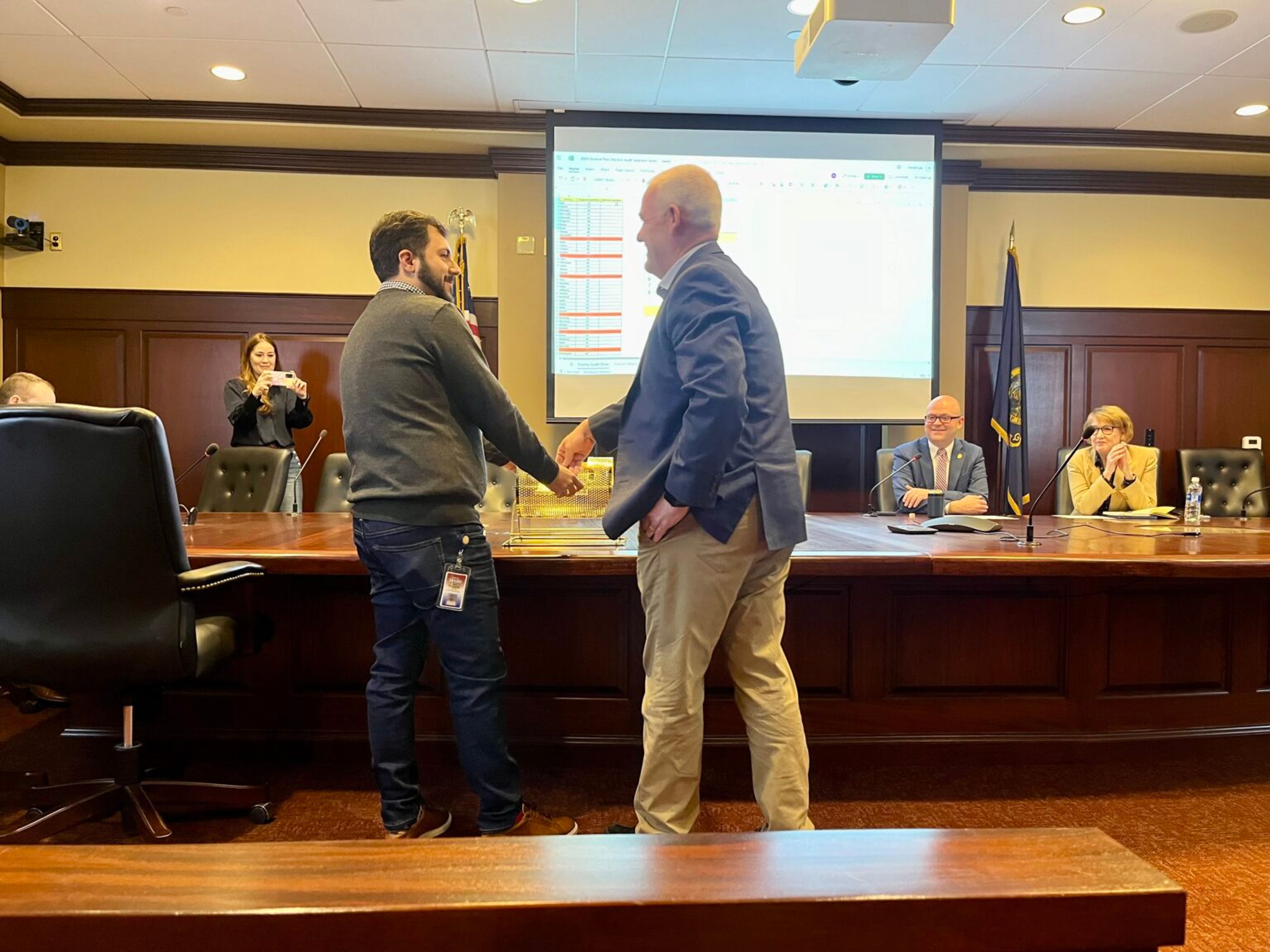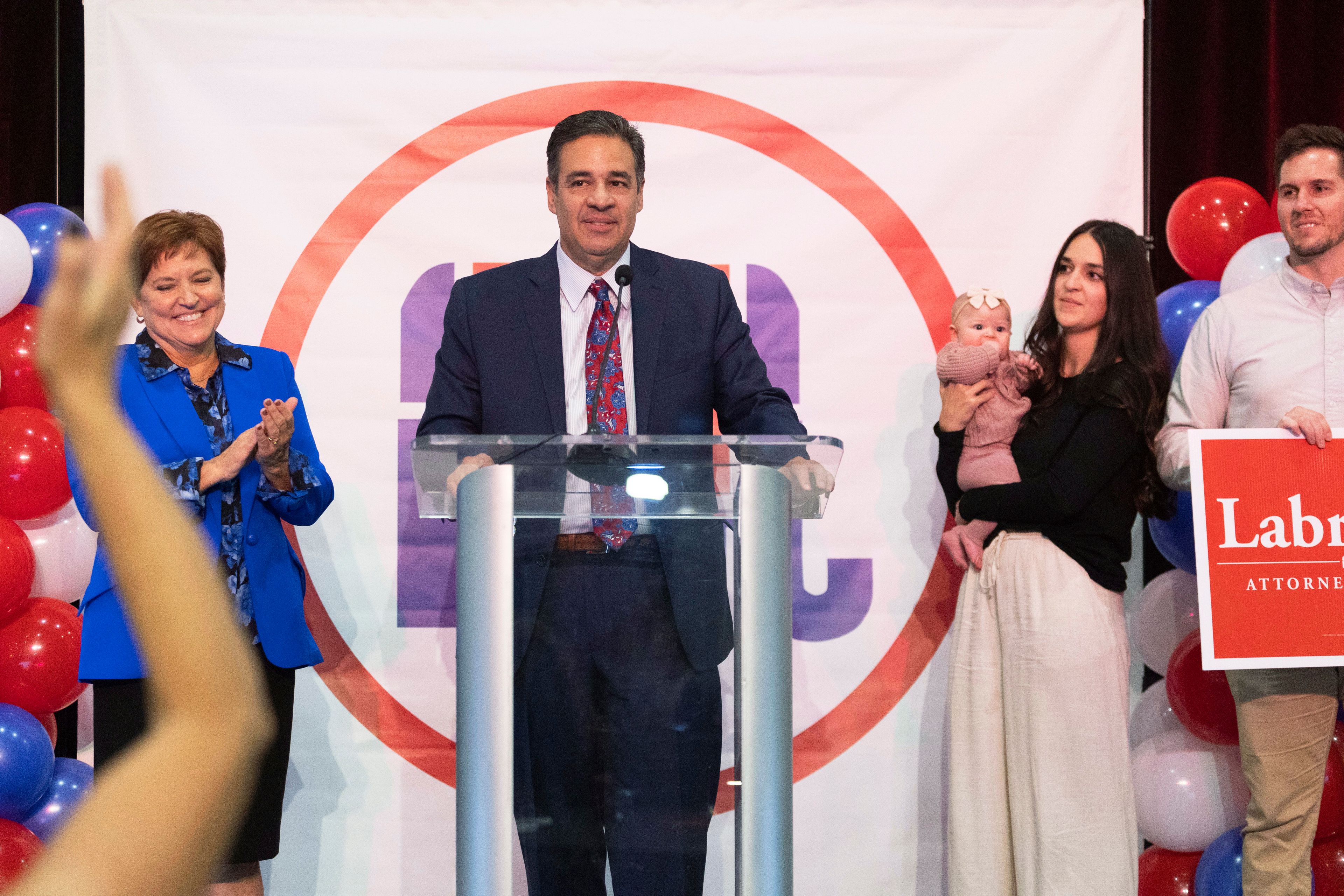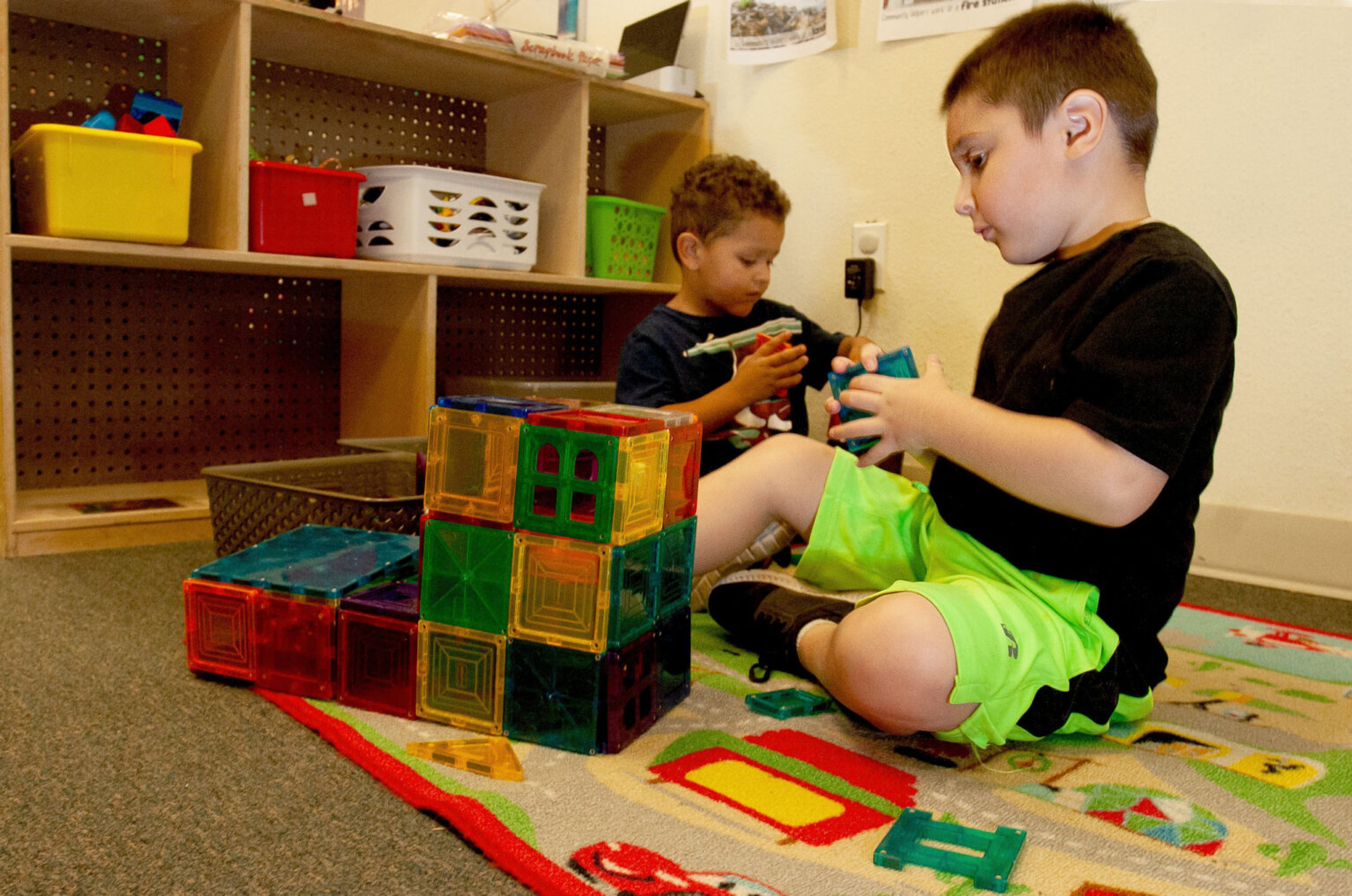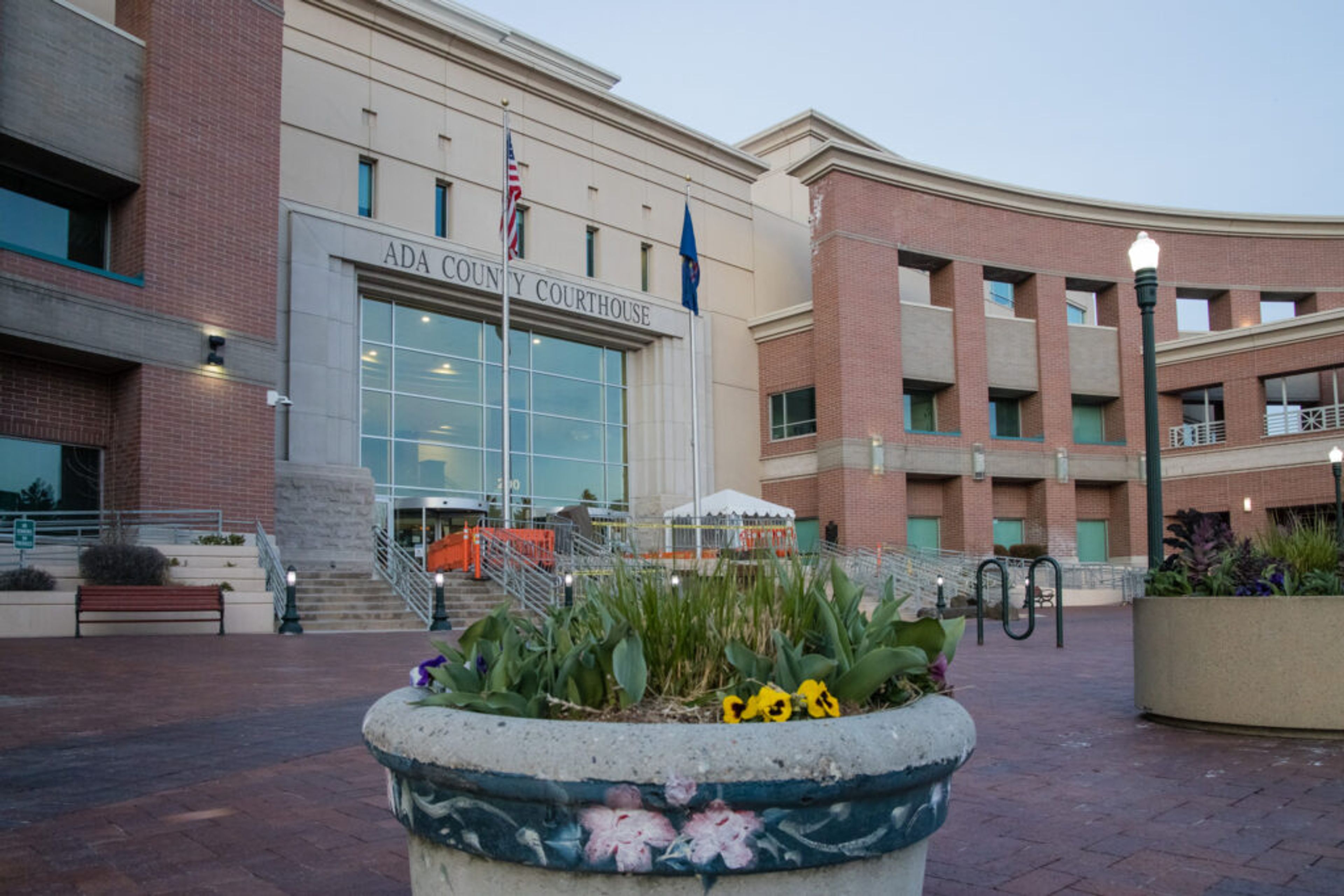Colton, Pomeroy push state levy limits
Both school districts will ask voters for an amount that exceeds what’s allowed under current state law
The Colton and Pomeroy school districts will ask voters to approve replacement levies in the February special election at an amount that surpasses what is currently legal under Washington state law in hopes the Legislature will allow for larger levy requests.
Following the McCleary Decision to fully fund basic education, local enrichment levies were capped at a rate of $1.50 per $1,000 in assessed value, or $2,500 per student, whichever is less.
The McCleary Decision aimed to alleviate the amount of levy dollars used to support education, hence putting a cap in place.
The Colton School District’s replacement levy on the Feb. 12 ballot has an estimated rate of $2.50 per $1,000 in assessed value. If approved, it’s expected to collect around $375,000 in 2020.
For the Pomeroy School District, the four-year levy request on the ballot is estimated to bring in $1,080,000 each year, with an estimated levy rate between $1.70 and $1.76 per $1,000 in assessed value.
If no changes are made to state law, both districts will have to collect less than the amounts listed on the ballot. Both superintendents are hopeful the Legislature will raise the amount school districts are able to collect.
“A small district like ours has to hedge our bets,” Colton Superintendent Paul Clark said.
Colton School District
The levy request makes up about 10 percent of the Colton School District’s annual budget, according to Clark. It helps support athletic activity programs, early learning services, food services, vocational education and maintenance and operations items.
Even at the $2.50 rate, the district would bring in less than what the current levy on the books generates.
In February 2018, voters approved a one-year replacement levy with an estimated rate of $3.08 per $1,000 in assessed value. It was expected to generate $496,935 this year.
“In a school district like ours, we are looking at less revenue coming in than a year ago,” Clark said. “We’ll still be in a bit of a hole financially, but not to the same degree as if we’d gone for the $1.50 (levy.)”
If the levy fails, Clark said the district would have to look at the programs it offers.
“If we didn’t have a few hundred thousands dollars, our school board and I would have to take a hard look at the money we are spending on our programs,” Clark said. “We’d have to ask our community what things they absolutely value.”
The district, which has about 175 students, would use its fund balance, or cash reserves, to make up the difference. But that would only be sustainable for a limited amount of time.
“I’m hoping not to cut programming, but we probably could only get away with that for one year or two at the most,” Clark said.
Colton’s one-year levy is unique, with the majority of districts running longer term levies. That’s because the community is surrounded by often unpredictable cycles in agriculture, Clark said.
“The reason we’ve done it traditionally is we are so dependent on natural resources and there are so many farmers that historically our school district has felt like if it’s a bad year, if there’s not a good yield and our community is hurting financially, we don’t feel like it’s the right thing to do to,” Clark explained.
Pomeroy School District
Under the direction of the state, the Pomeroy School District is in the unique position of collecting $2,500 per student, instead of being able to utilize the $1.50 levy amount. As the only district in its Educational Service District to meet relevant guidelines, the maximum the district could collect through a levy under current state law would be $800,500. That would equate to an estimated tax rate of about $1.31 per $1,000 in assessed value.
But the ballot language asks for more than that, meeting the $1,080,000 amount generated by the current levy on the books.
“The reason we are asking for what we approved in 2017 is because potentially there could be changes within the Legislature to increase the amount of collection,” Pomeroy Superintendent Rachel Gwinn said.
The levy makes up 20.37 percent of the district’s annual budget. It pays for extracurricular activities, and the salary and benefits of some certified staff. That includes about three teachers, a portion of the administrators’ salaries, additional counselors and part of the school resource officer’s salary and benefits. It also funds the preschool program.
If the levy is not successful, the district will try to run it again in April. If it isn’t approved then, Gwinn said cuts would need to be made to staff and athletics, and the preschool program would be eliminated.
Patrons of the Pomeroy School District, which currently has about 314 students, have historically supported the replacement levies, Gwinn said.
“We usually have very good support from our community, which is awesome,” she said.
Tomtas may be contacted at jtomtas@lmtribune.com or at (208) 848-2294. Follow her on Twitter @jtomtas.
Important election dates
Friday: The start of the 18-day voting period begins. Ballots must be mailed out by this date, and accessible voting units will be available at voting centers.
Feb 4: Last day for in-person registration to vote in the special election.
Feb. 12: Election Day. Drop boxes close at 8 p.m.








